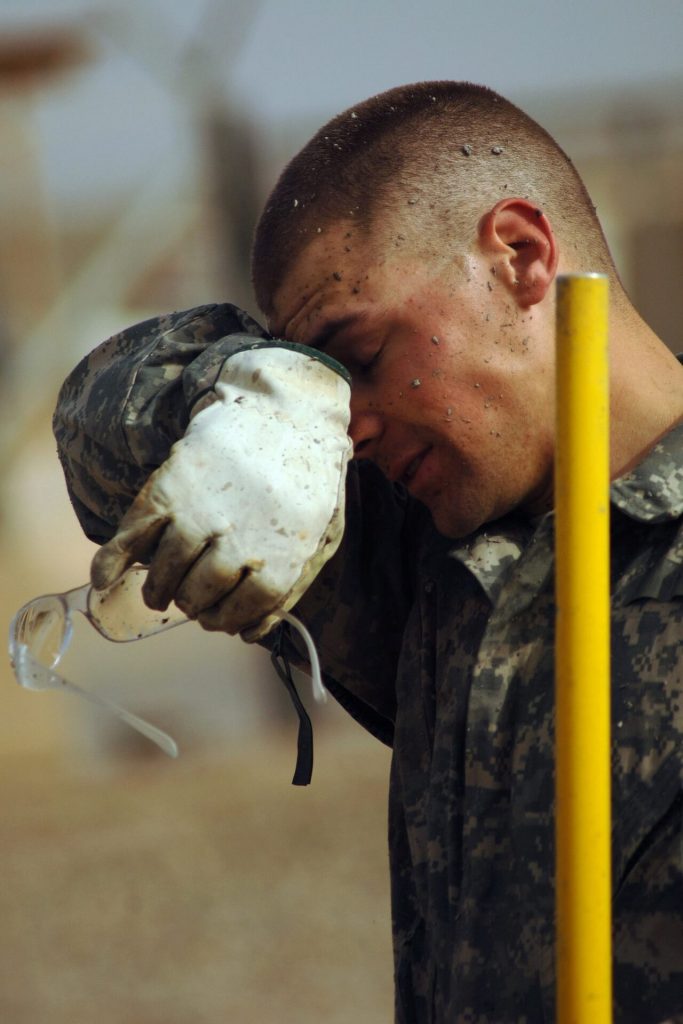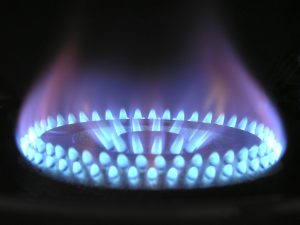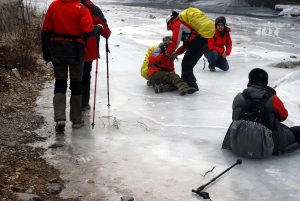With record-breaking heat and humidity gripping many parts of the nation recently, it’s time to review your heat safety protocols and procedures to keep your employees who work outside safe and secure.
Even if your employees don’t work outdoors or in a hot indoor environment, if they’re in the heat for extended periods of time, it’s also wise to educate them on these safety practices.
- Stay hydrated.
Always have water on hand when outdoors. When working in the heat, OSHA recommends drinking a liter of water over one hour, which equates to one cup every fifteen minutes. - Take frequent breaks.
It’s important that you take time to rest and get out of the hot weather. Take frequent breaks either in the shade or an air-conditioned indoor area. - Take time to acclimatize.
Your body will slowly build a tolerance to working in the heat. This process is called acclimatization. For new workers, start with 20% exposure on the first day and increase by, at most, 20% every day. Also, if there is a drastic change in temperature, all workers should start adjusting to the climate by cutting their time outside in half. - Dress light.
Depending on your outdoor work, if possible, wear lightweight and light-colored clothing. Many outdoor workers are required to wear certain gear for protection. And while light clothing can protect against heat illness, only wear these items if they will not create a hazard in your workplace. - Use the buddy system.
Work outside with someone else or partner up at a large worksite to ensure that everyone stays safe and can get quick help if showing signs of heat-related illness.
Heat-related illness can be detected by noticing if an employee is leaning heavily against an object while rubbing a cramp out of his leg or arm and then stumbling or weaving backward. If you see such behavior, you need to react. In the blazing heat currently enveloping the country, the employee may be suffering from dehydration and heat exhaustion. It’s critical that the employee receives help before succumbing to heat stroke.
Since workers rarely recognize the signs of heat distress or exhaustion in themselves, it’s important that colleagues and co-workers know basic heat safety procedures and the signs of heat stress so they can convince the worker of what is happening.
Symptoms of heat exhaustion include weakness, headache, excessive thirstiness, nausea (and actual vomiting), muscle cramps, dizziness, confusion, and pale and clammy skin. If you notice a worker experiencing any of these symptoms, follow these five tips to help the worker get relief:
- Move them to a shady (or air-conditioned) spot
- Loosen or remove tight tool belts, harnesses, other articles of clothing, etc.
- Give them plenty of fluids (not caffeine)
- Place a cool, wet towel on his neck or face
- If they don’t recover in 15 minutes, rush them to the emergency room











